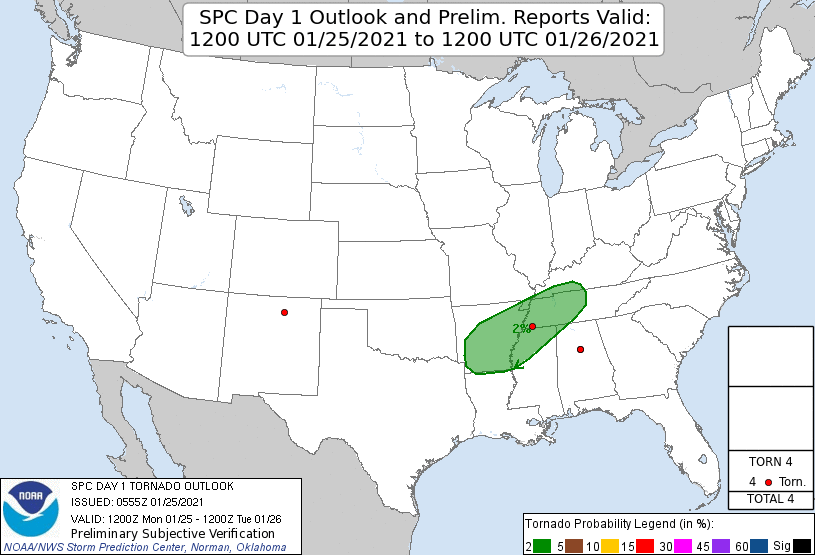Don't forget the April 28, 2014 night outbreak spawned EF2s that went through Graysville and Bessemer and an EF1 near North Johns.
I've definitely become more convinced over time that there's something to the idea that local topographical influences can create micro-"Alleys" where tornadogenesis is favored should a supercell (or rotating QLCS) in an otherwise favorable environment pass through.
Southern side of Tuscaloosa to western/northern sides of Birmingham definitely seems to be one, as does Pickens County to the Cordova/Oakman/Jasper/Sumiton area and the track through Limestone County that includes Tanner. Also the Ragland-Ohatchee-north of Piedmont track (Palm Sunday 1994 and 4/27/11). In Mississippi, the Kemper/Neshoba/Noxubee/Winston County cluster seems to get hit hard at a disproportionate rate, and of course there's the cluster of significant tornadoes that have affected the Moore-Norman-Newcastle area in Oklahoma since 1998, while largely avoiding the area along and north of the Oklahoma River (of course, that begs the question, what localized topographical feature could there be in the Plains to contribute to that?).


